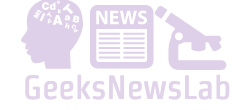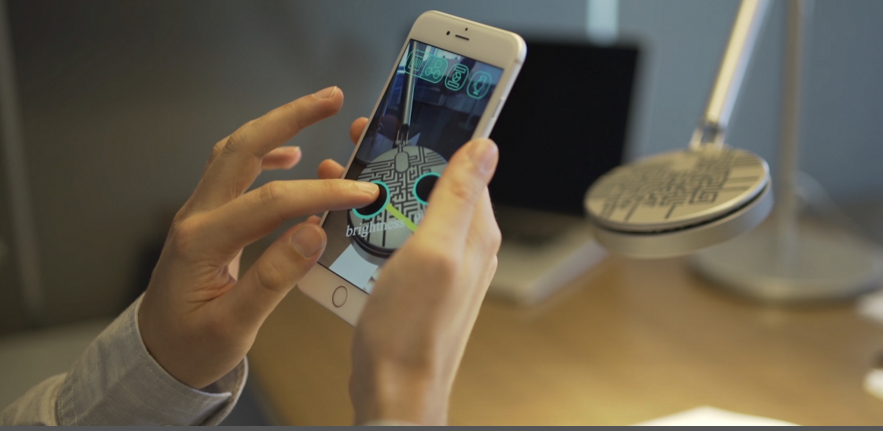The Reality Editor is a system that supports editing the behavior and interfaces of so called “smarter objects”, i.e. objects or devices that have an embedded processor and communication capability. Using augmented reality techniques, the Reality Editor maps graphical elements directly on top of the tangible interfaces found on physical objects, such as push buttons or knobs. The Reality Editor allows flexible reprogramming of the interfaces and behavior of the objects as well as defining relationships between smarter objects in order to easily create new functionalities.

The Reality Editor is a new kind of tool for empowering you to connect and manipulate the functionality of physical objects. Just point the camera of your smartphone at an object and its invisible capabilities will become visible for you to edit. Drag a virtual line from one object to another and create a new relationship between these objects. With this simplicity, you are able to master the entire scope of connected objects.

The Reality Editor is a result of three years of MIT research. The goal of their research is the creation of technology that grants the user maximum control by leveraging human strength such as spatial coordination, muscle memory and tool-making.
For example, that light switch in your bedroom you always need to stand up in order to turn off—just point the Reality Editor at an object next to your bed and draw a line to the light. You have just customized your home to serve your convenience. From now on you will use your spatial coordination and muscle memory to easily operate the object next to your bed as a tool for controlling the light. If you want a timer linked to the light, just borrow the functionality of an object with a timer, such as a TV, by drawing a line from it to the light.


Another example is the interior of a car – sometimes it may be too warm in the summer or too cold in the winter when the engine is started. Just point the Reality Editor at your bed and then connect it to the temperature system in your car – when you wake up, the car sets the correct temperature for you to drive to work.
What works for your home works as well with objects in your office – kids’ toys, and even complex machinery in a factory. In our research, we’ve identified simple universal rules common to all physical objects (Direct Mapping; Learn, Setup and Operate; How to connect everything). The Reality Editor is build on these rules to place an intuitive yet powerful technology into your hands.
They also have build the Reality Editor with the most open, resistant and commonly known standards. Every visual interface is based on html5 and therefore leverages the full creative power of the web. This means that the Reality Editor transforms the identical web browsing technologies used for presenting you this article into an interface for the physical space. In addition, connection between objects uses the most open and stable internet standards.
Although it looks futuristic, the Reality Editor isn’t one of MIT’s usual high-falutin proofs-of-concept. It really works, and you can download it now. It uses fingerprint-like codes that sort of look like Pentagram’s new identity for the MIT Media Lab to identify smart objects when viewed within the app. It then calls up a literal HTML webpage, representing that object’s corresponding functionality, and overlays it on the gadget so you can program it.
This all sounds like science fiction, but it’s not. They have made some of their research publicly available. You can download the Reality Editor in the App Store and use our open source platform called Open Hybrid to build a new generation of Hybrid Objects. This vision is not only for the DIY designer and engineers, but is also fully feasible for the next generation of high-tech users.

